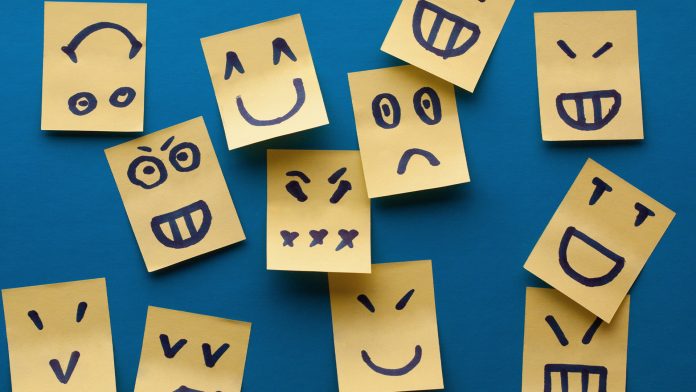
The social environment is an influential factor regarding drug addiction and abusing psychoactive substances. However, some living in the same environment become drug users, whilst others resist.
Could this difference be random or are there key personality traits that help people to avoid drug addiction? Is it possible to evaluate the risk of drug consumption and use of psychoactive substances for different personality profiles? Is this risk different for different drugs?
Addressing the use of psychoactive substances
These questions are important for society including law enforcement, public welfare, education, healthcare professionals, and families. How can investigators evaluate the psychological component of risk? How can researchers construct social and psychological training to decrease that risk and prevent drug addiction?
An interdisciplinary group of researchers analysed data concerning the use of 18 different psychoactive substances and found answers to the above questions. A new and original database with information on 1,885 respondents was collected and analysed by a number of data mining methods.
Published in Springer, the findings found the following;
- Significant difference in the psychological profiles of drug users and non-users. Hence, a psychological predisposition to drug addiction exists;
- Psychological predisposition to using different drugs may be different i.e. there is significant difference between ecstasy users and heroin users; and
- Use of different drugs is correlated.
Details of the study
Dr V. Egan, an Associate Professor of Forensic Psychology practice in the Department of Psychiatry and Applied Psychology at the University of Nottingham explains: “The work is based on solid psychological theory regarding the influence of impulsivity, sensation-seeking, and the Five Factor Model of personality, as seen in different types of drug users.
“The work identifies two main populations of drug user: experimentalists (open, agreeable, sensation-seeking) who are interested in unusual mental sensations, and troubled drug users (withdrawn, emotionally vulnerable, unconscientious) who use substances that are depressant or otherwise obliterating.
“The two populations may need differing health intervention strategies to optimally encourage desistance.”
The details are more important and interesting than the general results: the devil is in the detail. Personality was represented by the modern Five Factor model: N – Neuroticism, E – Extraversion, O -Openness to experience, A – Agreeableness, C – Conscientiousness. This model was complemented by two more properties: Imp – Impulsivity, and SS – Sensation-seeking.
Generally, drug users are characterised by higher N, higher O, lower A, and lower C; but there are differences between different drugs. For example, heroin users have significantly higher N, lower E, lower O, lower A, and higher Imp than ecstasy users.
High O is typical for creative people and, at the same time, for drug users. Success in education (after primary school) and beyond is correlated with high C. People, who can create plans and follow them in real life (high C) are more ‘immune’ to drug addiction. This observation hints at the possibility of mitigating bespoke interventions.
Machine learning methods have allowed the authors to evaluate the risk of drug consumption and substance abuse and create maps of this risk.








